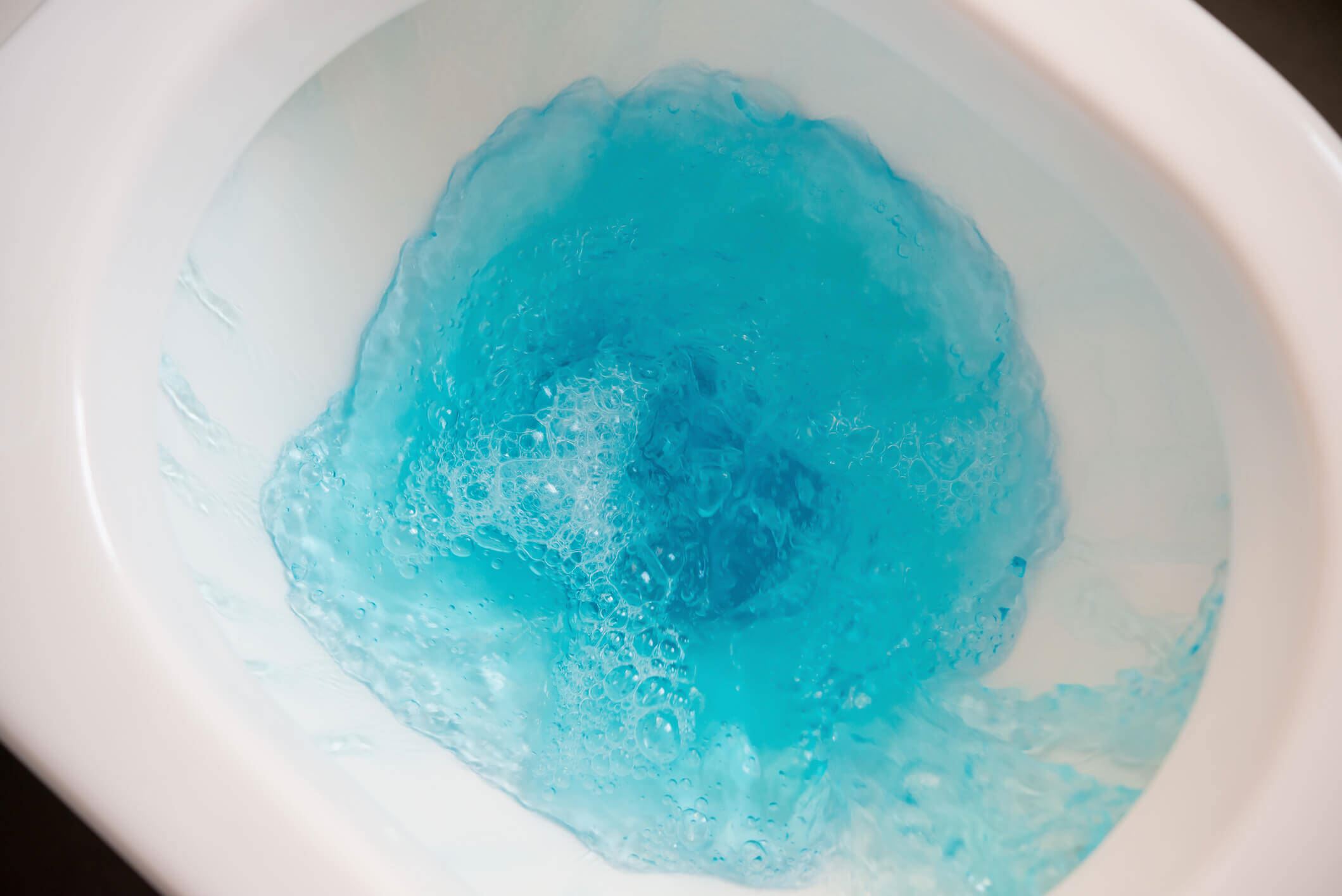
What Happens When You Flush the Toilet While Showering?
Share
Have you ever wondered what happens when you flush the toilet while showering? This everyday occurrence might seem trivial, but it is full of intriguing dynamics that can pique the interest of any tech enthusiast and plumbing aficionado. Understanding the mechanics behind it can enlighten anyone about the fascinating world of domestic water systems. Right from the get-go, let's dive into this common household scenario that combines technology and physics.
Flushing the toilet while showering can affect your entire shower experience. To understand this, it's essential to delve into the plumbing system that governs our homes. The shower and toilet often share the same water pipeline, affecting water pressure and temperature when used simultaneously. But what are the underlying reasons for these changes, and how can we mitigate them?

The Science Behind the Pressure Drop
At the heart of understanding plumbing dynamics is the concept of water pressure. When you flush the toilet, a considerable amount of water is rapidly drained from the tank into the bowl, requiring the supply line to refill it with fresh water. This sudden demand for water redirects the available water pressure, often resulting in a noticeable pressure drop in your shower.
This reduction in pressure isn't just an inconvenience but a revelation of how our home plumbing systems are interconnected. A more technical approach would be to inspect the valve systems and the overall water distribution model in your household, which invites tech enthusiasts to appreciate the technology at play. Meanwhile, its interesting to see how our lifestyle choices, such as high-efficiency toilets, can improve or sometimes complicate the scenario.
Temperature Fluctuations: Hot and Cold Wonders
Another immediate effect when you flush the toilet while showering is the sudden temperature change. You may have noticed your cozy warm shower turning suddenly chilly. This happens because the water heater can't supply hot water quickly enough to compensate for the cold water required to refill the toilet tank.
The science is simple: your water heater has a limited capacity to maintain immediate hot water reserves. Once the toilet claims a chunk of water, the balance tilts towards the cold, affecting the shower temperature. For tech professionals, this situation can be improved through innovations like thermostatic mixing valves, which dynamically adjust to maintain the desired water temperature, ensuring a consistent showering experience.
Smart Solutions for Tech-Savvy Homeowners
For those passionate about technology and home automation, mitigating these common bathroom woes offers an arena for innovation. Smart home solutions are gradually integrating technologies that promise seamless water pressure and temperature control. Devices like smart showers with memory settings or pressure controls can revolutionize this mundane chore.
Moreover, understanding the plumbing system in your home can lead to informed decisions on improvements. For instance, upgrading to separate piping systems for the toilet and shower can eliminate pressure issues entirely. Innovations in plumbing fixtures and water-efficient systems not only address these immediate concerns but also contribute toward sustainable living practices.
Maintaining Harmony: Plumbing Techniques and Tips
Ensuring a harmonious balance in your home plumbing requires a thorough understanding of its design and occasional maintenance. Regular checks on shower heads and toilet mechanisms are viable preventive measures. Our blog post on stronger toilet flushing offers insights into maintaining optimal performance.
For tech professionals interested in plumbing dynamics, exploring ways to make toilets silent or less intrusive can offer rewarding challenges and opportunities to innovate. Combining this knowledge with tips from expert sites like HuffPost can provide valuable strategies for efficient toilet and shower maintenance.

FAQs
Why does water pressure drop when the toilet is flushed?
The water pressure drops because the shared supply line diverts pressure to refill the toilet tank, leaving less pressure for the shower head.
How can I prevent temperature fluctuations in the shower?
Installing a thermostatic mixing valve can help maintain consistent water temperature by balancing hot and cold water supply.
What smart home solutions exist for improving shower experience?
Smart showers with programmable settings and memory functions, along with separate pipeline systems for bathrooms, improve water pressure and temperature stability.
